Charles Messier’s catalog of nebulae and star clusters, published in 1784, marked the start of a new era of deep-sky astronomy. Today, this tradition of observing galaxies and clusters is kept alive by dedicated amateur astronomers.
Nearly all the objects are visible in a small telescope, and many, such as the Crab Nebula and the Andromeda galaxy, are among the most fascinating objects in the universe. Kenneth Glyn Jones has revised his definitive version of Messier’s catalog. His own observations and drawings, together with maps and diagrams, make this a valuable introduction to deep-sky observing. Historical and astrophysical notes bring the science of these nebulae right up to date. This is a unique handbook, unlikely ever to be equaled in its completeness and importance to the telescope owner.
Author
Kenneth Glyn Jones
Table of Contents
List of Plates page xi
List of tables and figures xii
Preface to the second edition xiii
Acknowledgments to the second addition xiv
Preface to the first edition xv
Acknowledgments to the first edition xvii
Introduction
1. Astronomical background to the Messier Objects: the ‘missing’
and ‘additional’ objects
The ‘missing ‘ Meisser Objects M47, M48, M91 and M102. 11
The additional objects M104 to M110. 15
2. The Messier Objects classified. 17
The gaseous or diffuse nebula. 17
Galactic clusters. 17
Globular clusters. 22
Planetary nebula. 25
Extra-galactic nebula (Galaxies). 27
Spiral galaxies. 30
Irregular galaxies. 31
Clusters of galaxies. 31
Supernovae. 32
3. Observing: equipment, conditions and method. 33
The telescope. 33
The observatory. 38
The dark sky. 39
Meteorological conditions. 43
Altitude and culmination. 44
Observing method. 45
Observing technique. 48
Recording observations. 49
4.The Messier Objects in detail (Nos. 1-110). 51
Introduction. 51
For each object, Nos. 1 to 110;
(i) General data, (ii) Descriptions by early observers
(iii) Modern astronomical information.
(iv) Instructions for locating and author’s description
(v) Locating diagram and telescope illustration
5.Biographical and historical. 307
Notes on sources. 307
Early observers. 307
The Connaissance des Temps for 1784. 307
Biographical notes. 312
The indefatigable observer. ‘Meisser, 1730-1817. 343
The discoveries of the Meisser Objects. 373
Maps and appendices. 377
Appendix 1. Positions of Messier Objects for Epoch 2000. 377
Year maps of the Messier Objects (Maps 1 to 6). 379
Appendix 2. Guide to the Messier Objects in the Virgo group. 387
Messier Objects in Coma-Virgo. 389
Appendix 3. Messier Objects in Sagittarius region. 391
Appendix 4. Catalog of stars in the Pleiades. 393
Appendix 5. Photographs of Messier Objects. 394
Appendix 6. Bibliography. 413
Index of names. 413, Index of objects. 422, Index of subjects. 424.
List of plates, List of Tables and figures.

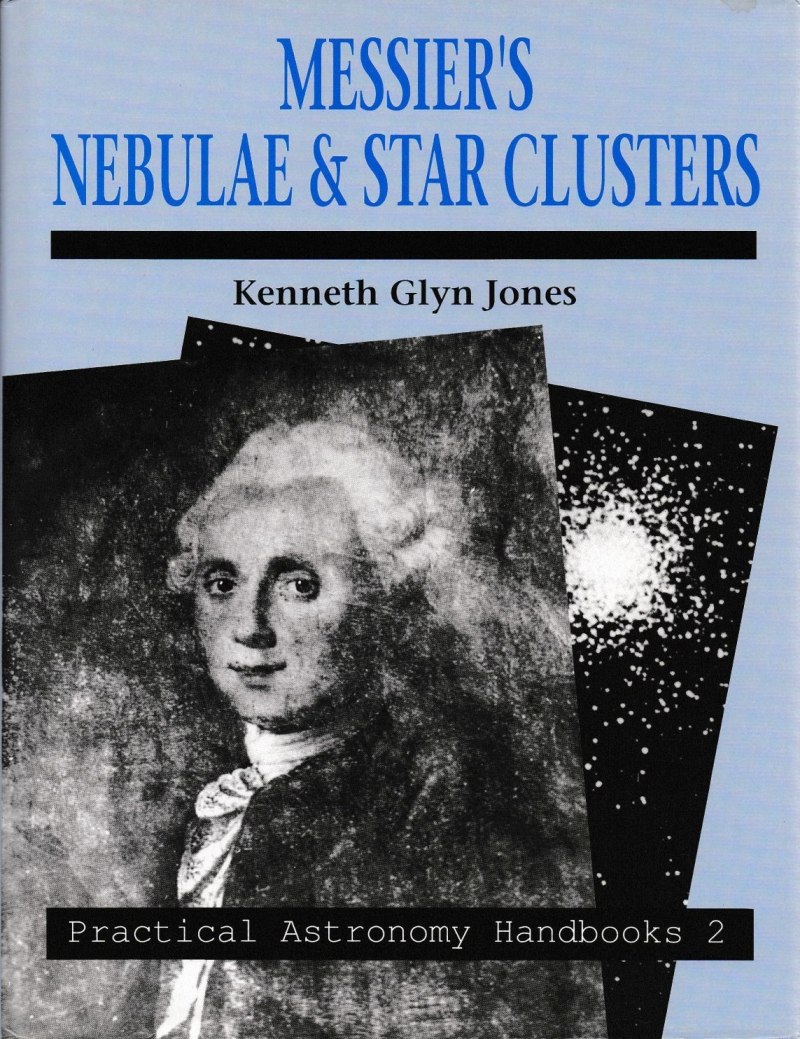
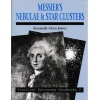
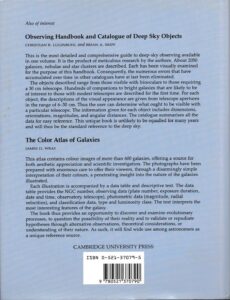

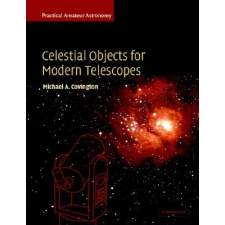
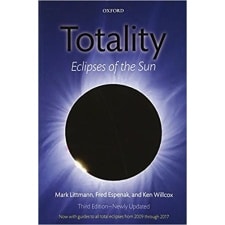
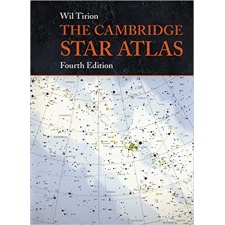
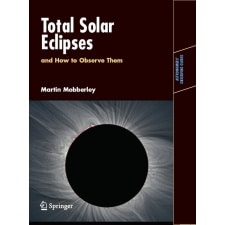
Robert C. –
“This is a Wonderful book. Author gives a complete list of all 110 Meisser Objects including the missing ones, with special note to M102. Each of the Mesisser entries is noted by heading including “To Observe”, “Objects Nearby” and notable quotes on the appearance of each object by famous observers of the day including, Herschel, Symth, Rosse, Dreyer and others. Plenty of drawings and photographs of each object. A real treasure of information and a joy to read!”